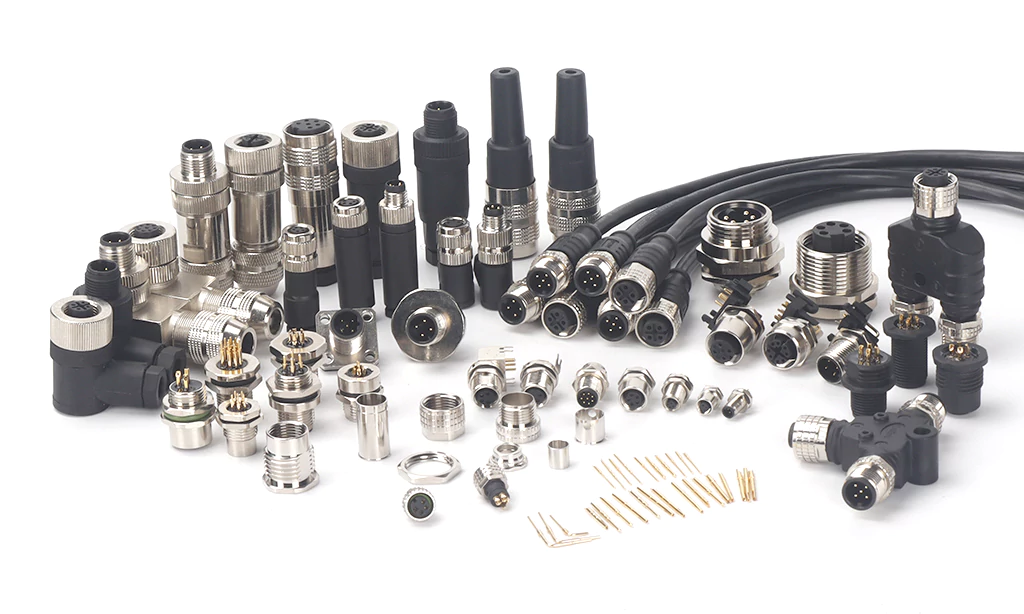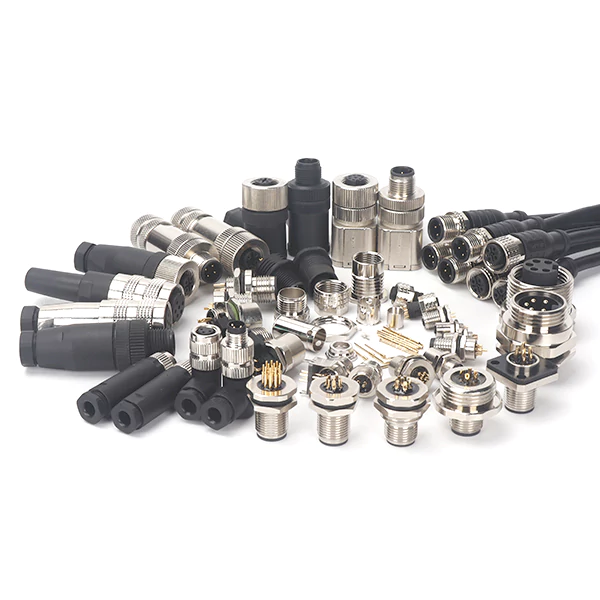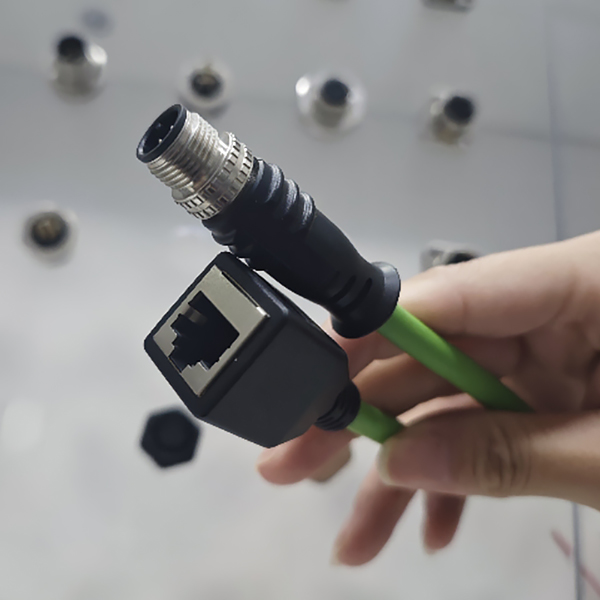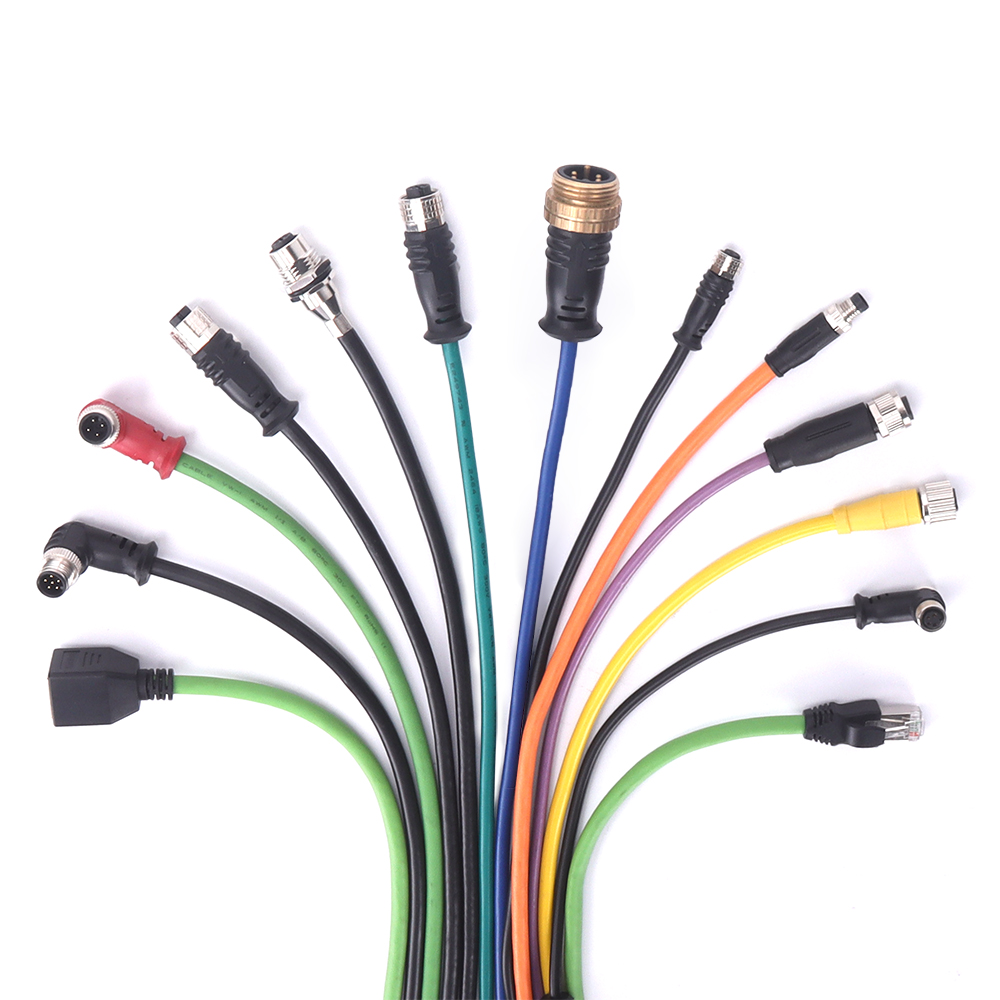
Basic Definition
A coded M12 connector refers to an M12 connector equipped with a specific coding system. The M12 connector is a circular connector with a 12-millimeter diameter screw-locking mechanism. The coding is usually used to prevent incorrect mating of connectors, ensuring that only the appropriate connectors can be connected to each other.
Purposes of Coding
The coding on the M12 connector can prevent incorrect connections. In industrial automation equipment, there may be various types of sensors and actuators, each of which requires a specific type of signal or power configuration. The coding helps to ensure that a sensor connector will not be plugged into an actuator port with different electrical or signal processing requirements.
Besides preventing incorrect connections, it also helps to maintain the compatibility of the entire system. In a complex network of industrial equipment, different components may be designed to work with specific coded M12 connectors. For example, on a robotic assembly line, the connectors of the control system may be coded differently from the power connectors of the motors, and the coding system can ensure the correct connection for the smooth operation of the robots.
Pin Configuration and Signal Transmission
The number of pins of a coded M12 connector may vary. Depending on the application, it can have 4 pins, 5 pins, 8 pins, 12 pins, 17 pins, etc. A 4-pin M12 connector can be used for simple sensor applications, such as temperature or pressure sensors, for transmitting power and signals. The 8-pin version can be used for more complex applications, such as industrial Ethernet connections, capable of transmitting multiple data signals, power, and control signals. The 12-pin and 17-pin ones are used for more complex scenarios and will not be described here since they are relatively rare.
Industrial Applications
In the fields of automation and robotics, coded M12 connectors are widely used. They connect various components of robots, such as motor controllers, sensors (such as proximity sensors and force-torque sensors), and communication modules. The coding can ensure the correct transmission of motion control signals, sensor feedback signals, and communication signals.
As part of the infrastructure of the Industrial Internet of Things (IIoT), these connectors play a vital role. They enable smart sensors and actuators to be connected to the network. In a smart factory, a coded M12 connector may connect the vibration sensor on a machine to the central monitoring system. The correct coding can seamlessly transmit the data about the machine's health and performance to the IIoT platform for analysis and preventive maintenance.
Environmental Considerations
Coded M12 connectors are usually designed to withstand harsh industrial environments. After being plugged into the M12 connectors on the equipment, they form a closed loop. They usually have a strong sealing property to prevent the ingress of dust, water, and other contaminants. This is crucial in application scenarios such as outdoor industrial equipment, food processing plants (where connectors are exposed to moisture and cleaning chemicals), and mining operations (where there is a lot of dust). The coding itself is usually designed to be durable and resistant to wear and tear to ensure its functionality during long-term use.




